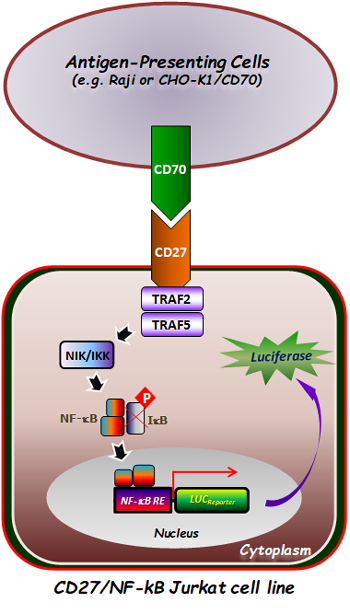Monoclonal Antibody to Rat C6 (clone: 3G11)(Discontinued)
Shipping Info:
For estimated delivery dates, please contact us at [email protected]
| Amount : | 500 µg |
| Isotype : | Mouse IgG1 |
| Content : | 0.2 µm filtered antibody solution in PBS, containing 0.1% bovine serum albumin and 0.02% sodium azide. |
| Storage condition : | Product should be stored at 4 °C. Under recommended storage conditions, product is stable for one year. |
The monoclonal antibody 3G11 reacts specifically with rat C6. Proteolytic cleavage of C5 by C5 convertase generates C5b which initiates assembly of the C5b-9 membrane attack complex. Complement component C6 is part of this C5b-9 complex. This complex is assembled from five precursor molecules in the serum. The final step of C5b-9 complex formation involves polymerization of C9 which accompanies insertion of the complex into the cell membrane. The rat remnant kidney model had been widely used to identify mechanisms responsible for the progression of renal disease. Proteinuria is nephrotoxic and contributes to the progression of renal injury. Activation of complement in proteinuric urine results in tubular and interstitial damage. In C6-deficient rats, acute interstitial changes resolved despite ongoing proteinuria. This suggests that C6 mediates chronic progression of tubulointerstitial damage in rats with remnant kidneys. The monoclonal antibody 3G11 was raised by immunization of mice with C6 isolated from rat serum. Monoclonal antibody 3G11 can be used as detector in immuno assays detect C5b-9 in both serum and urine.
| Subcellular location: | Secreted |
| Post transnational modification: | All cysteine residues are assumed to be cross-linked to one another. Individual modules containing an even number of conserved cysteine residues are supposed to have disulfide linkages only within the same module (By similarity). |
| BioGrid: | 246424. 1 interactions. |
|
There are currently no product reviews
|














.png)











